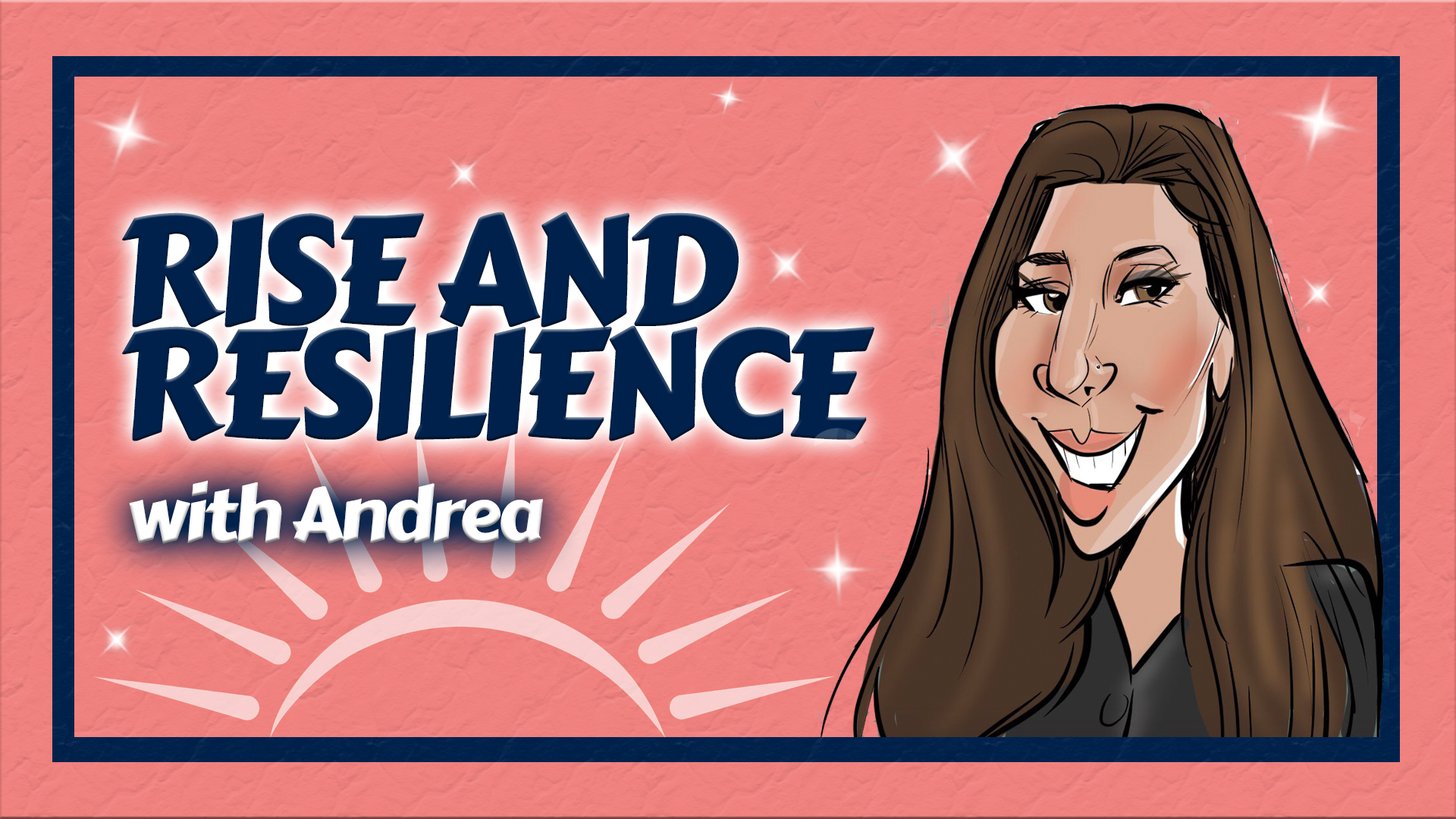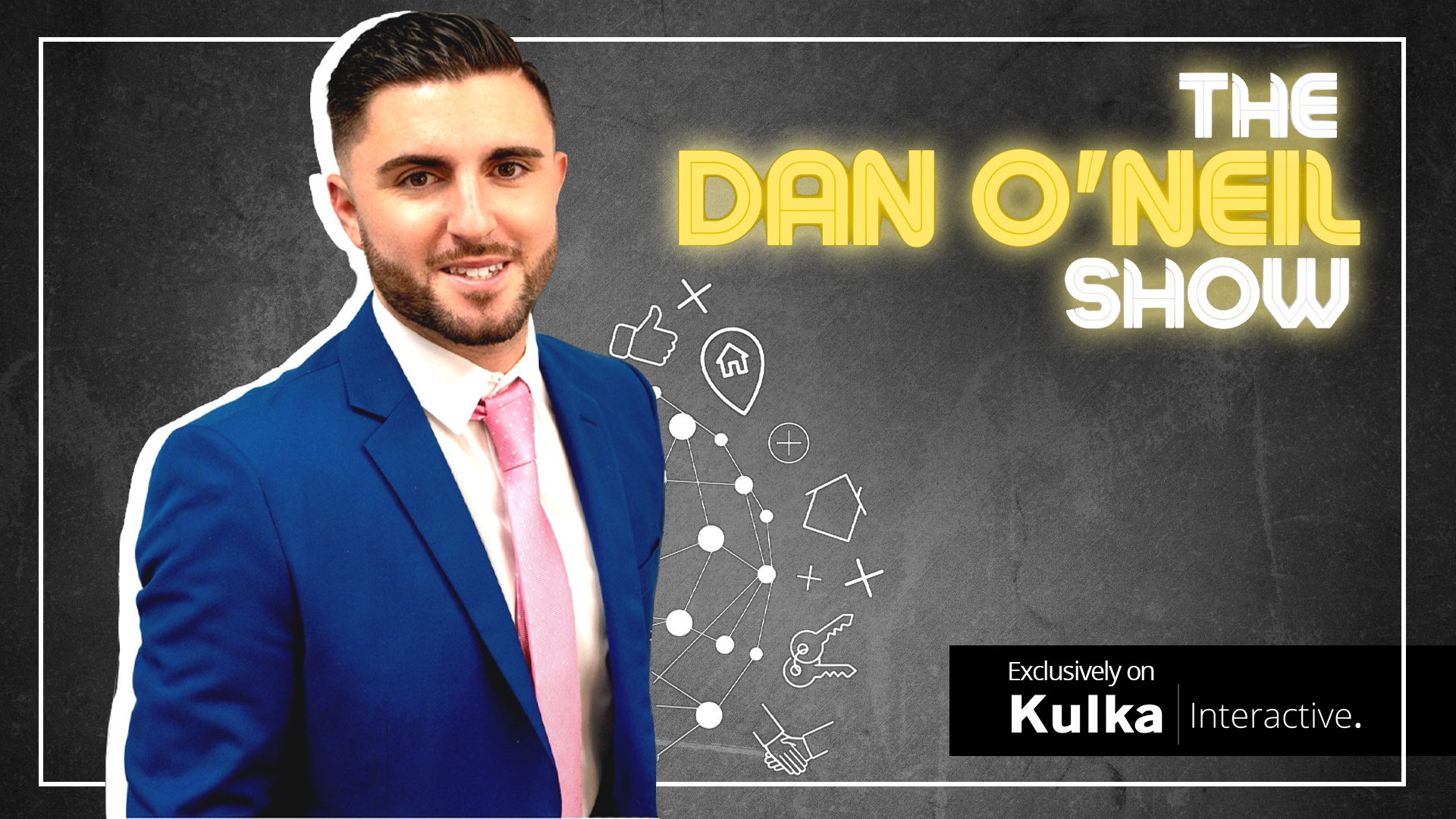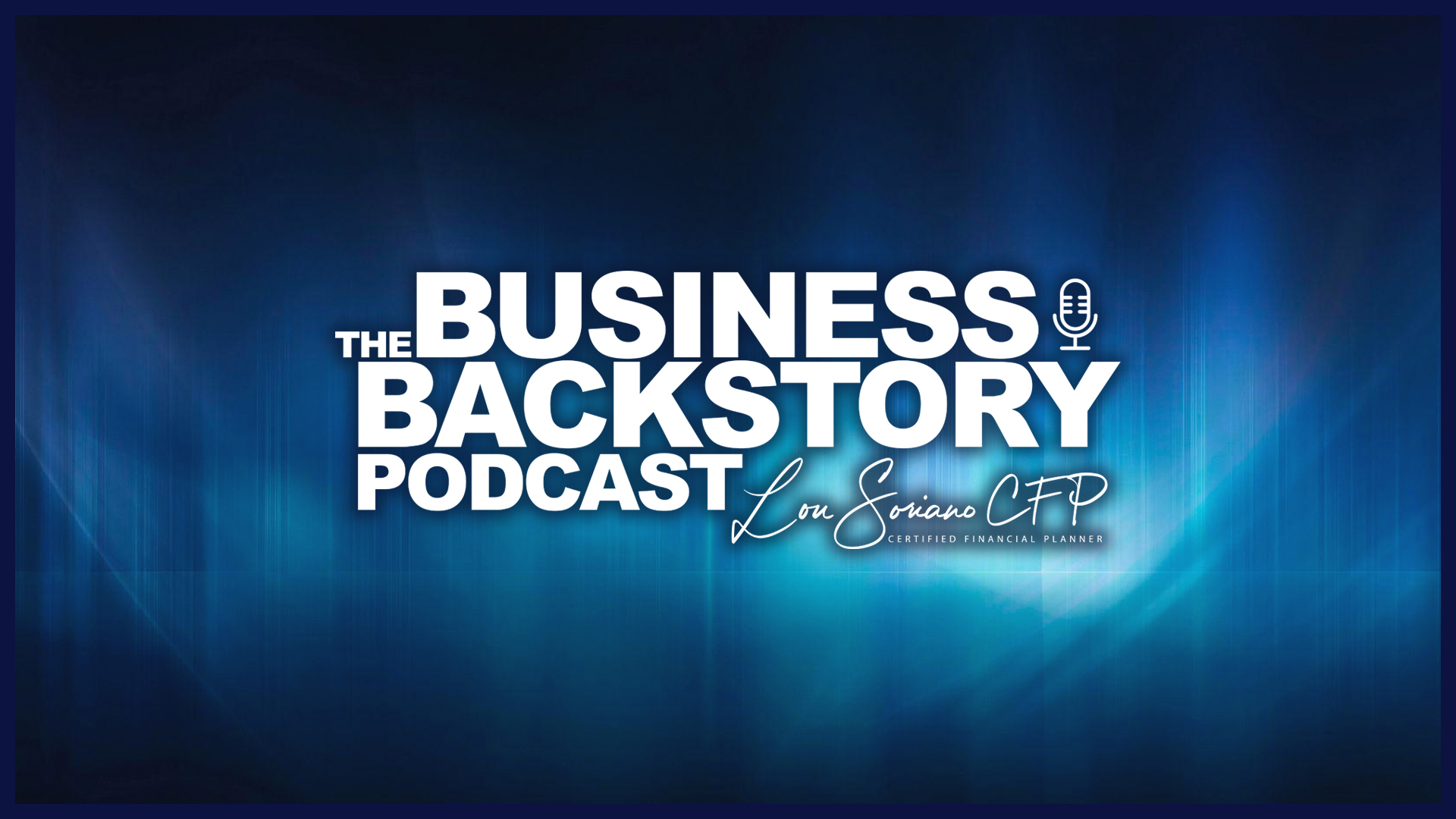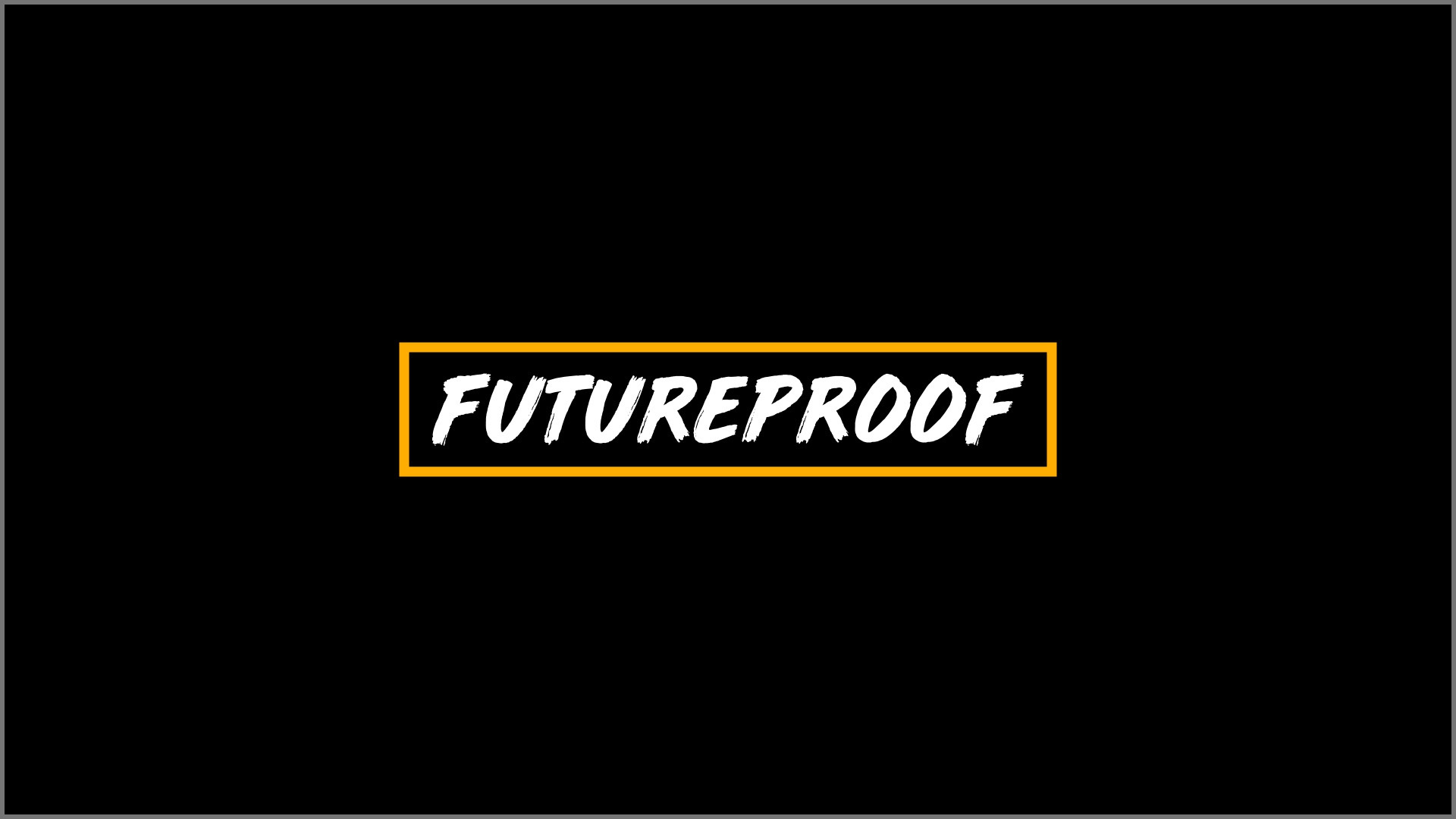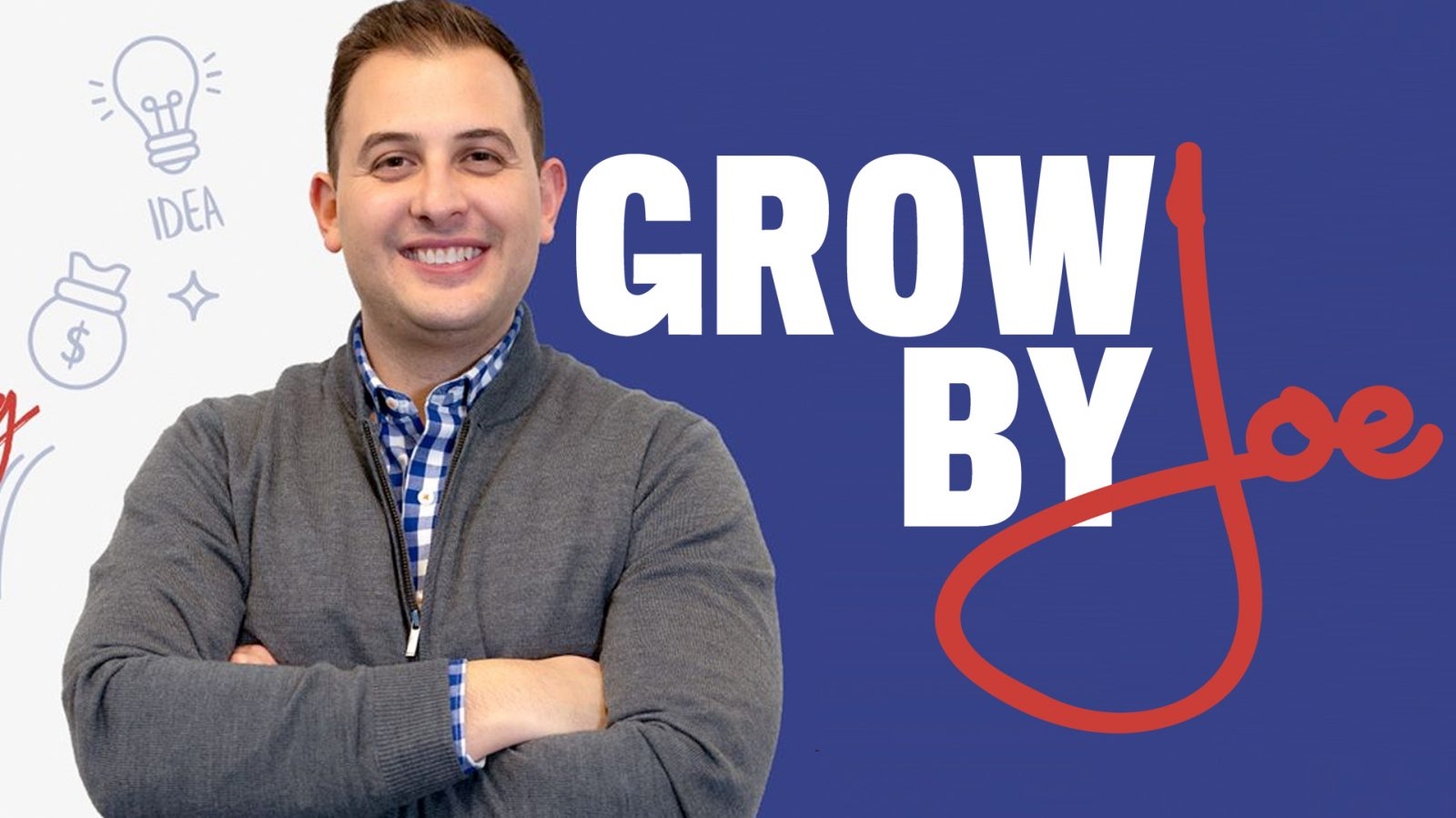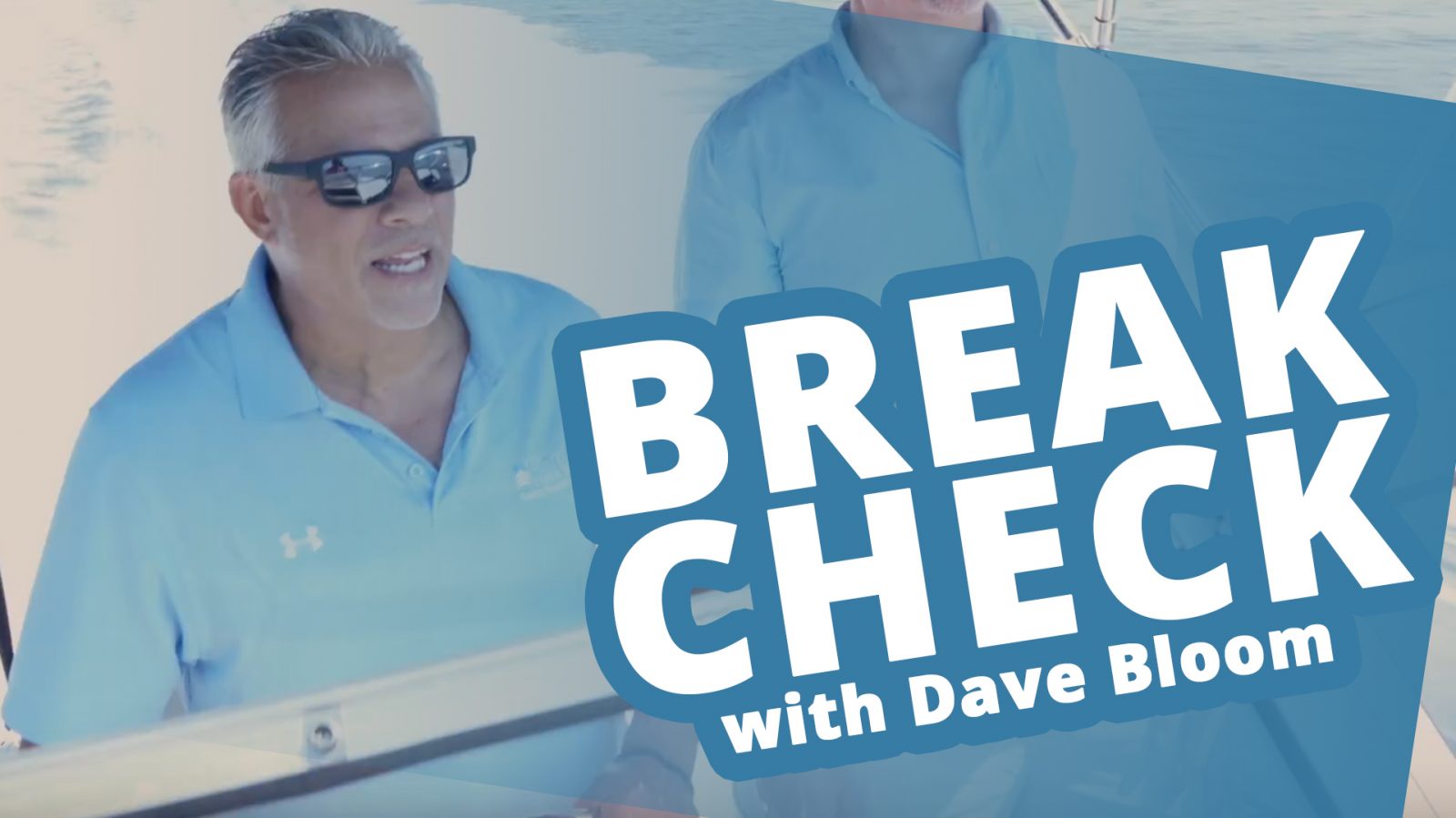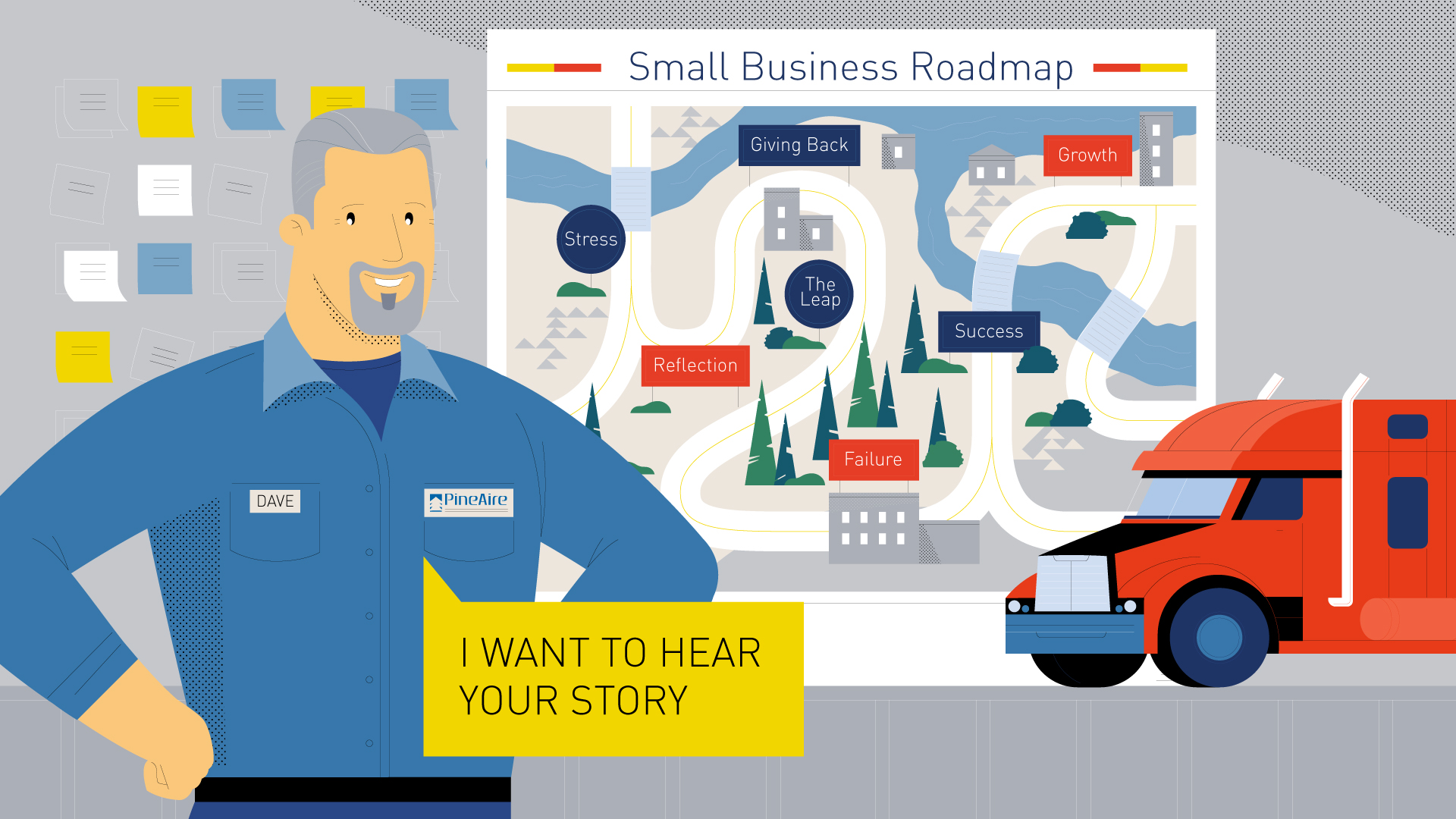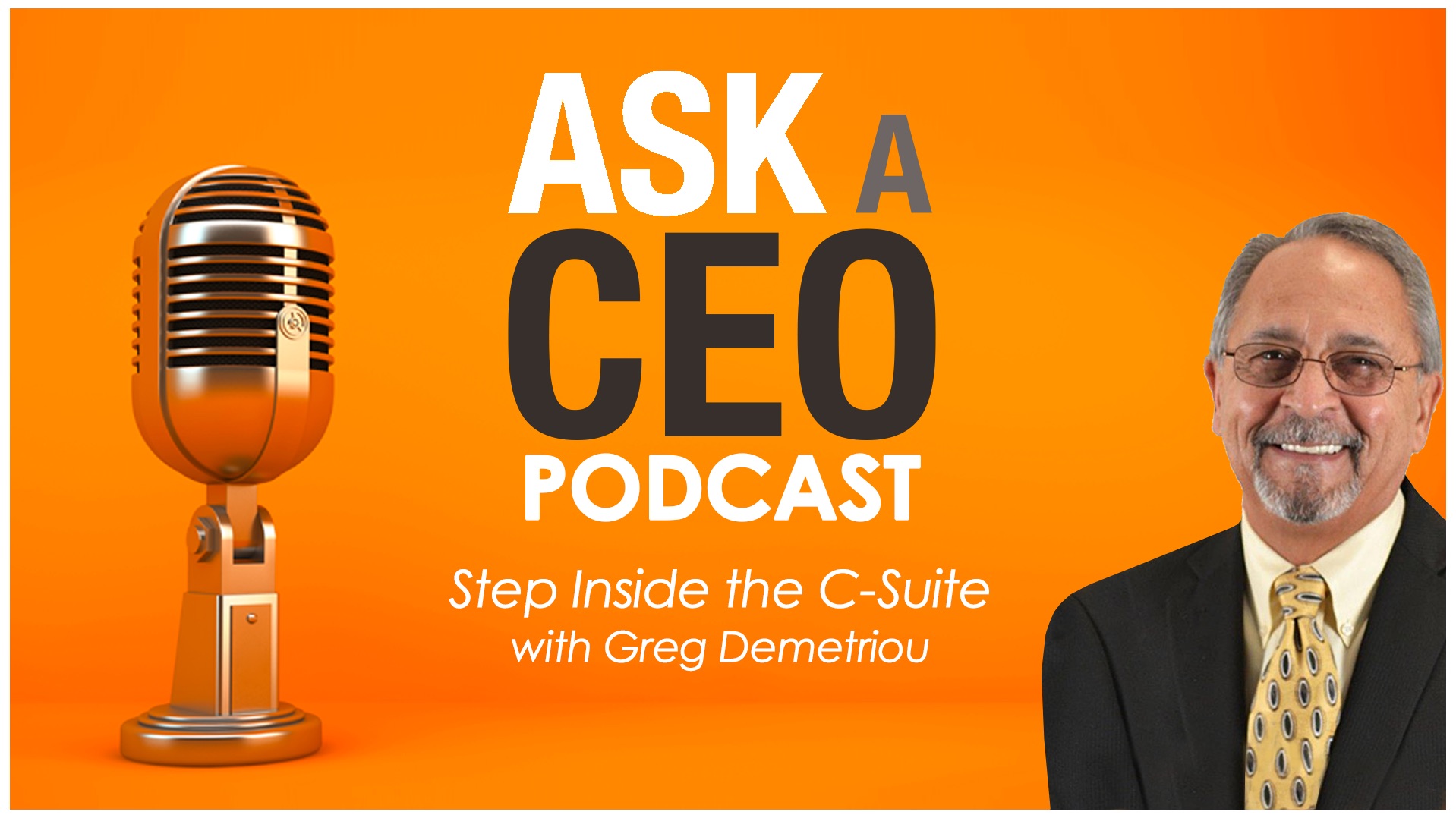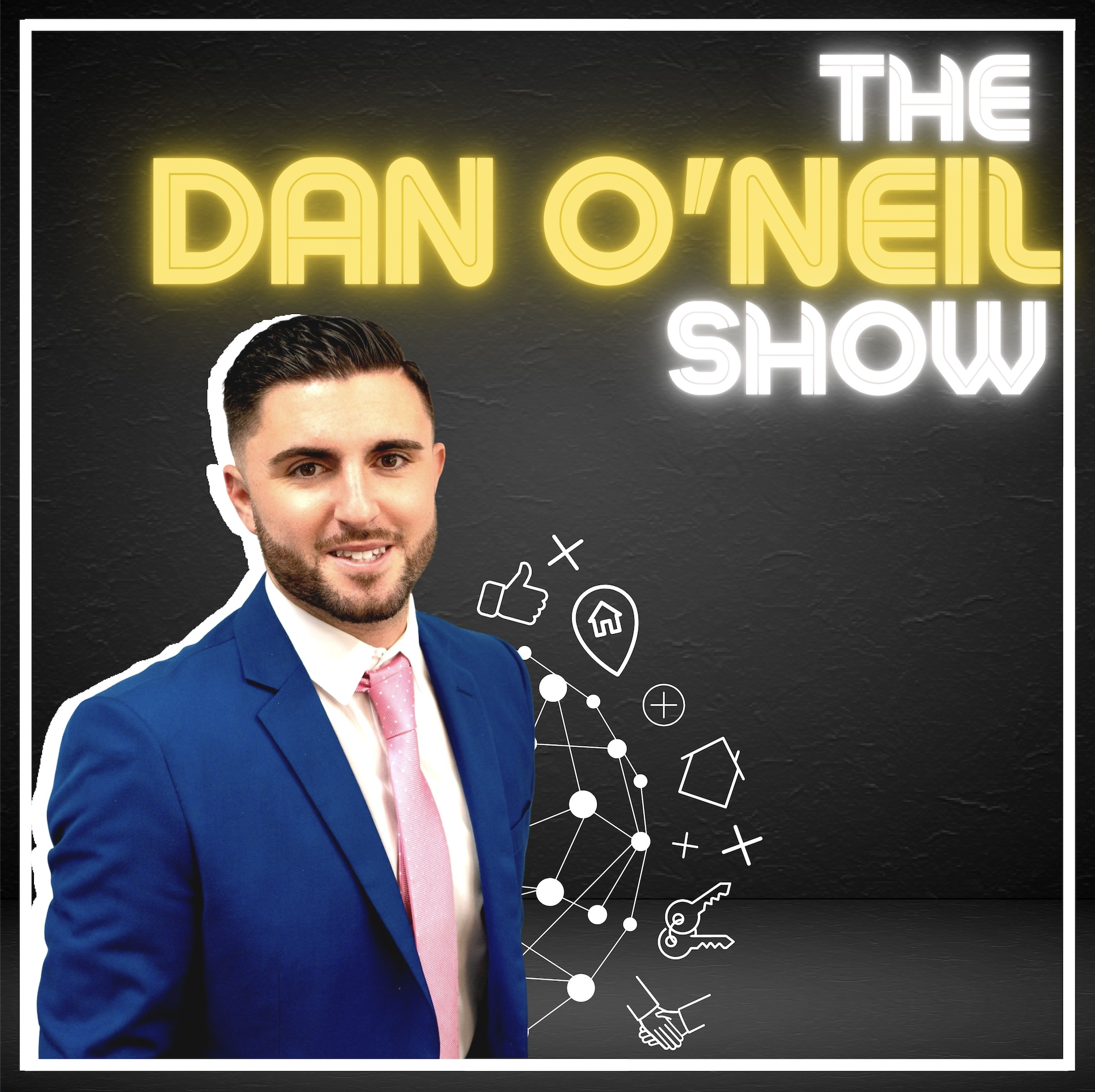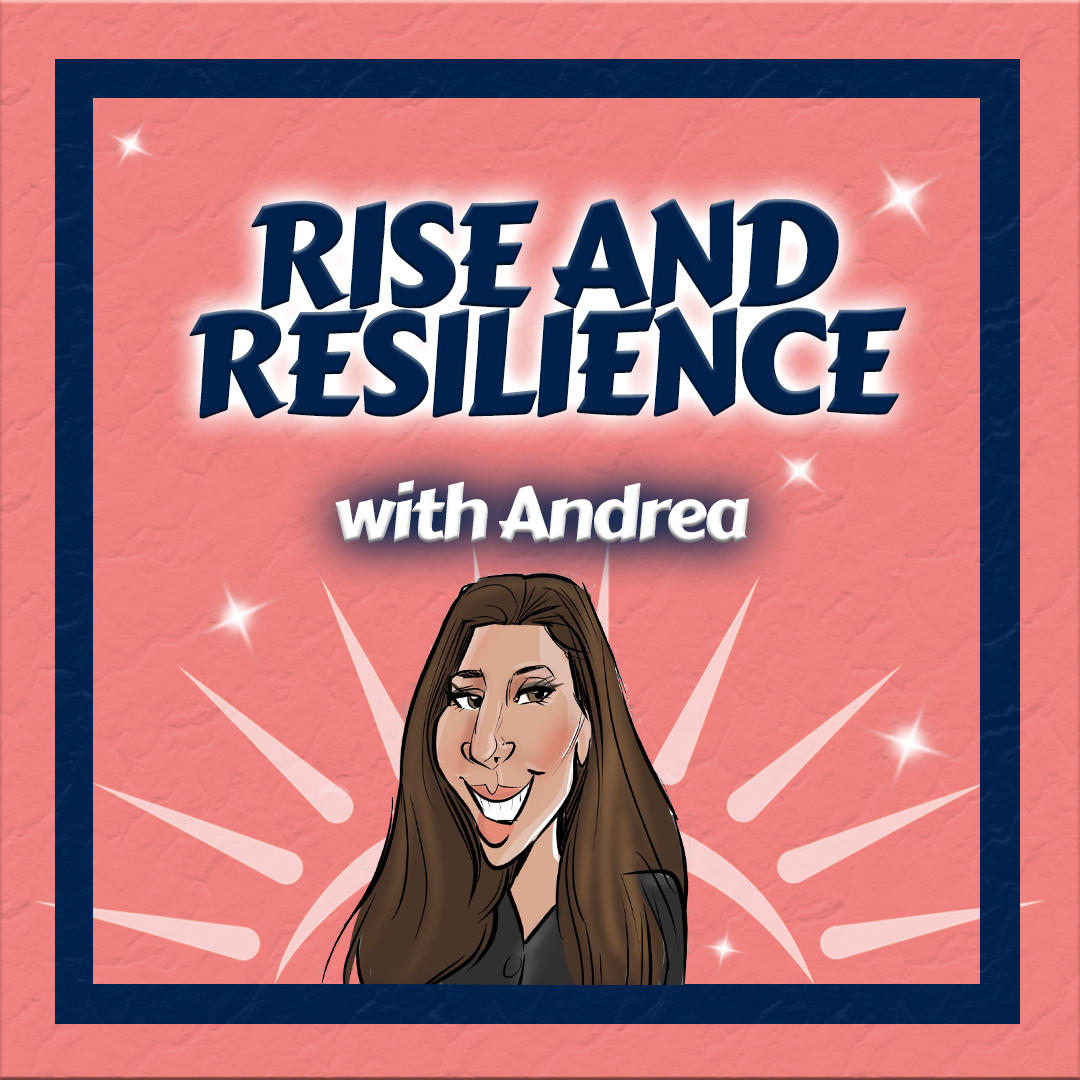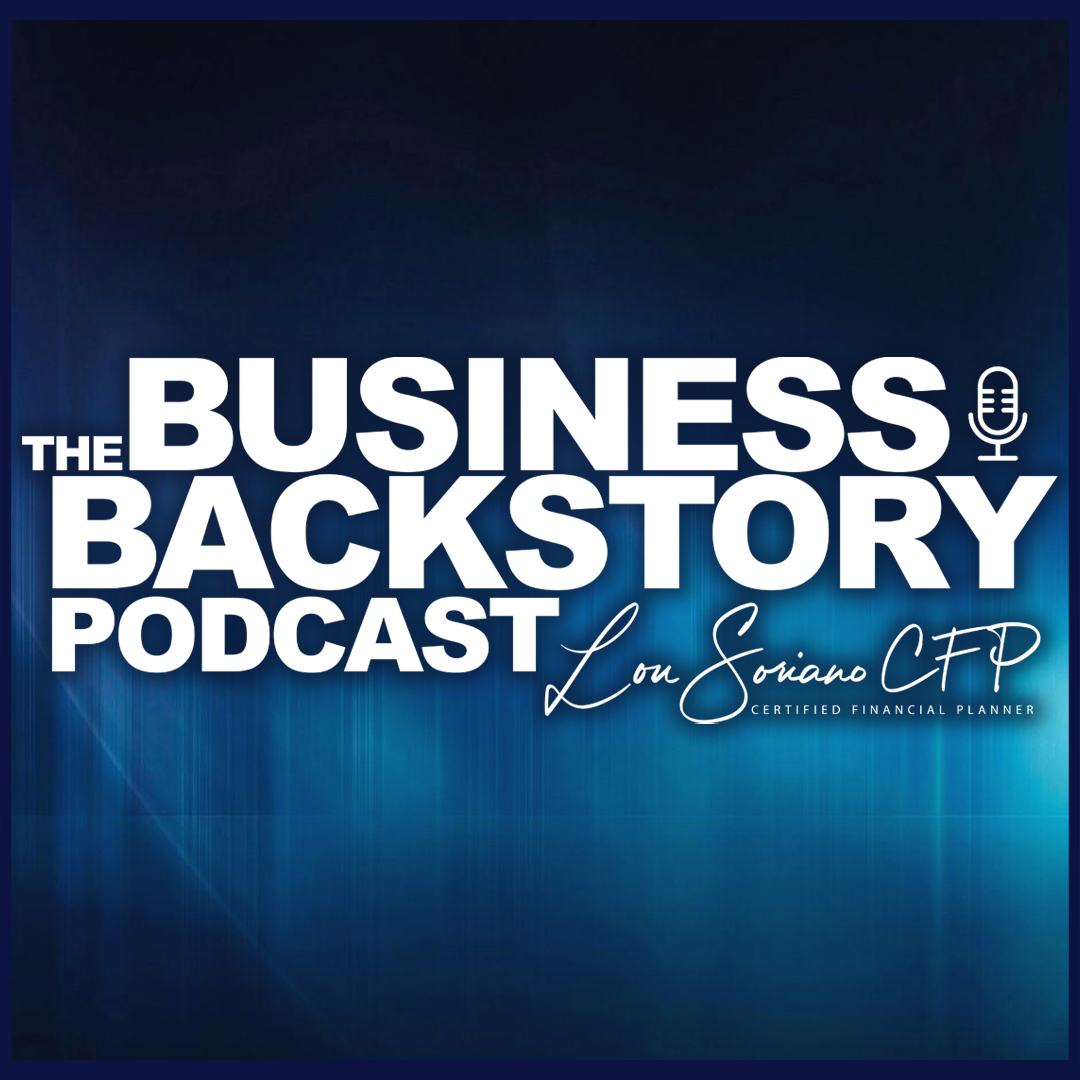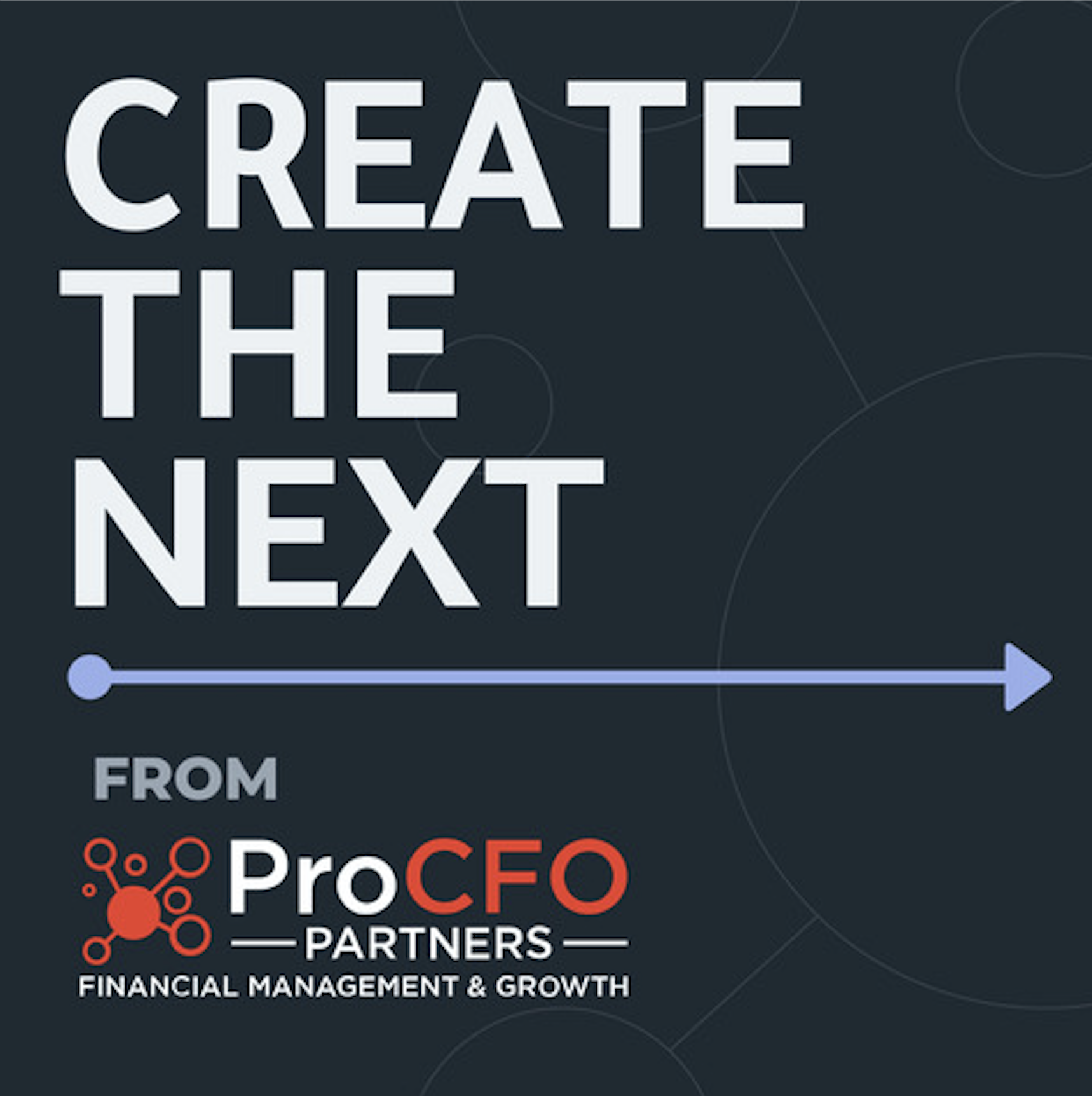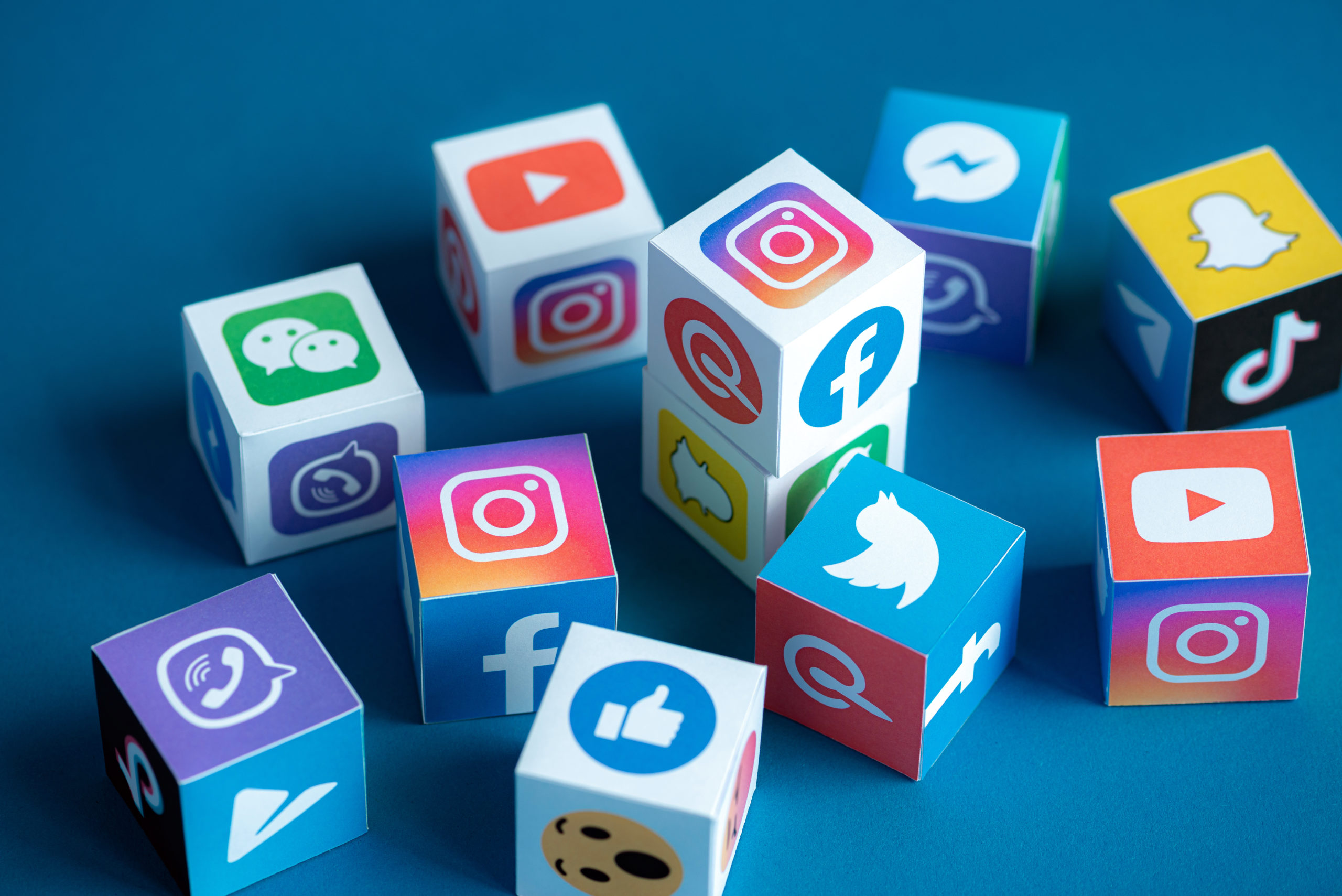
February 2021
5 Min Read
10 Proven Social Media Strategies to Target, Reach, and Engage
Social media success is a three-part equation where brands must target, reach, and engage audiences across an interconnected web of popular, passion-fueled, and people-driven platforms. Today, everything about digital marketing has changed—including the social media strategies your business and brand need to succeed.
Brands emerging from the other side of the pandemic—embracing the same social media platforms to win new customers through the power of social influence and community—are learning the ropes as social media technology sparks an evolution in the customer journey.
Didit is here to explore the social media strategies leading the pack—and help you make the most of them in 2021 and beyond.
1. EPHEMERAL CONTENT.
Short attention spans run rampant on social media—and short, engaging, and addictive “ephemeral content”—content available for a short period of time—leads the pack in catering to the “no-time-for-that” audience.
Growing in popularity and user demand across platforms from Instagram and Facebook Stories to Twitter Fleets and YouTube Shorts, ephemeral content shines in keeping social media connections up-to-date, authentic, and personal.
How can you embrace the power of ephemeral content? Start by sharing once every four days across key social networks including Instagram and Snapchat Stories. The more unpolished, real-life content performs well on the platform. However, the true potential of ephemeral content in keeping a dialogue with followers reveals itself in the polls, quizzes, and other creative tools available through stickers.
2. SOCIAL COMMERCE.
Social media is growing to become a mainstream retail platform. From shoppable posts to Instagram Storefronts, the modern business and brand can leverage social commerce to increase customer acquisition, grow brand awareness, and drive conversions in the form of leads, purchases, product inquiries, and more.
Instagram is the standout social network to emerge from the other side of the pandemic as an e-commerce platform with a ton of new tools and features. With 70% of shoppers using Instagram for product discovery and 130 million users tapping shopping posts every month, the platform has already changed the way consumers shop online in a huge way.
From helping you discover brands and products on Instagram Shop, to enabling in-app purchases on Instagram Checkout, the new face of social commerce studies your engagement, learns what you like, suggests new products and brands, and shortens the step to purchase.
Instagram Live Shopping—the increasingly popular format to sell products online—gives social media influencers a powerful new channel to engage audiences and drive sales. In 2021, expect live shopping to grow as an engaging platform that drives real-world results and ROI.
3. VIDEO.
Video is on its way to dominating all social media content, ranking higher than any other content type for one simple reason: video boosts user engagement. And modern brands can expect new video features to emerge across every social media platform from TikTok, Lasso, and byte to LinkedIn, YouTube, and more.
Despite showing up late to the video party, LinkedIn now connects business professionals through video conferencing with the launch of its LinkedIn Messaging platform. Anticipate more video platforms to emerge including Native Video, LinkedIn Live, and Linked Stories with Video.
The pandemic brought people together over video and brands responded with live events, streaming workshops, and live streams. These channels will power forward as videos continue to facilitate one on one communication between brands and consumers, especially as smartphone video quality improves.
The bottom line: passing up video in 2021 is leaving money on the table. Get ahead on the social web by focusing on both short-form video—from Instagram Stories to TikTok videos—and long-form content on YouTube.
4. INFLUENCER MARKETING AND LIVE STREAMING.
Live steaming is already connecting brands and consumers in real-time. Today, the technology is a major platform for customer service. Tomorrow, live social media streaming will continue its trajectory towards becoming the home shopping channel of the modern age.
During pandemic lockdown, more people turned to live streams from celebrities, influencers, workshops, and classes. Live viewings increased across Facebook (50% increase) and Instagram (70% increase). Even Amazon Live got in on the action, connecting influencers with a platform to promote products and showcase live events. Today, influencers are embracing live streams at scale.
There is even more to anticipate as influencer marketing shifts to niche networks. Making an impact in a smaller pond is cheaper than paid social media with good results. Rather than focus on one or two big-name celebrities, brands can build a network of small, relevant, niche influencers for higher engagement at lower costs to generate leads and reach other business goals.
5. CUSTOMER SERVICE.
Social media is one of the most important channels for brands to handle customers and manage reputations. Brands that drop the ball face the consequences in front of large networks of users where bad reputations can spread like wildfire. On the flip side of the coin, brand can use social media to diffuse disgruntled users with immediate responsiveness.
6. PERSONALIZED SOCIAL MEDIA ADS.
Advanced targeting and customization options empower brands to show the right ads to the right people at the right times. However, anticipate even more personalized digital marketing strategies to emerge alongside social media ads.
7. USER-GENERATED CONTENT.
In 2020, 79% of people admitted UGC highly impacted their purchasing decisions. User-generated content gives modern brands the power to earn trust in a free and authentic format.
The idea that people trust friends and family over brands is not a trend—but a fact of marketing. Every time a consumer creates content and tags a brand, the potential for community growth ignites. Embrace user-generated content to:
- Highlight real-life fans who post content across platforms like TikTok and Instagram Stories.
- Demonstrate social concern by sharing content that aligns with your brand values.
- Reduce production costs and preserve resources by swapping time-consuming and expensive visual content with user-generated videos, images, and reviews.
- Build a UGC repository and quit relying on stock photos for future campaigns.
- Prove authenticity with social proof through unedited reactions during unboxing or product use.
8. GEO-TAG POSTS AND STORIES WITH LOCAL TARGETING.
Geo-targeting—or geo-tagging—empowers brands to define who sees their posts and ads on social media platforms based on location. And that means getting more specific with your message so that you can target the right audience—or bypass the wrong audience—and boost your engagement.
The modern social web is a place for brands to target and reach users who search from nearby places or specific locations—and exclude users without an interest in your product or service. Ready to get in the geo-game? The technology performs best with paid social media ads built to target the right audiences. So, start there.
9. SOCIAL MEDIA COMMUNITIES.
Social media communities made a huge splash across networking platforms, connecting like-minded people including consumers and brands. A growing platform for bringing existing and prospective customers together, experiment with the power of social media communities to launch new products, gather customer feedback, gain valuable consumer insights, and more.
10. INTELLIGENT METRICS.
Intelligent metrics are more than just follower counts and vanity metrics. The only metrics that matter are the ones that prove a positive impact on your bottom line. In 2021, use intelligent social media metrics to gauge your impact across key parts of the social funnel including awareness, engagement, conversion, and customer.
It’s one thing to measure @mentions, shares, links, and impressions. But always tie your social media metrics to your business goals to figure out cost per acquisition, return on investment, and other the big-picture numbers that can guide you towards making smart decisions.
























